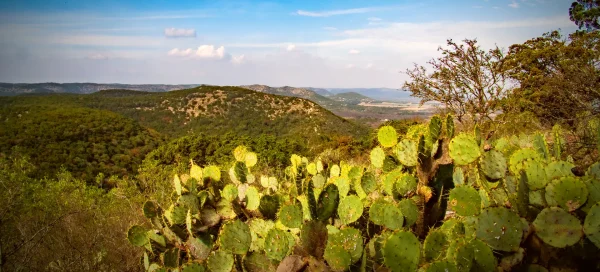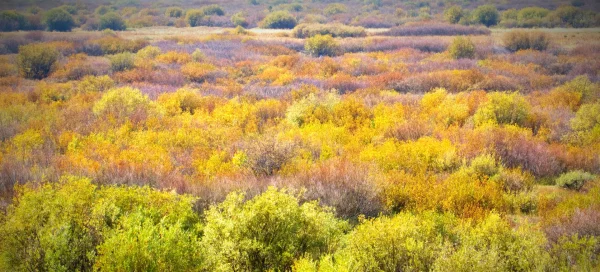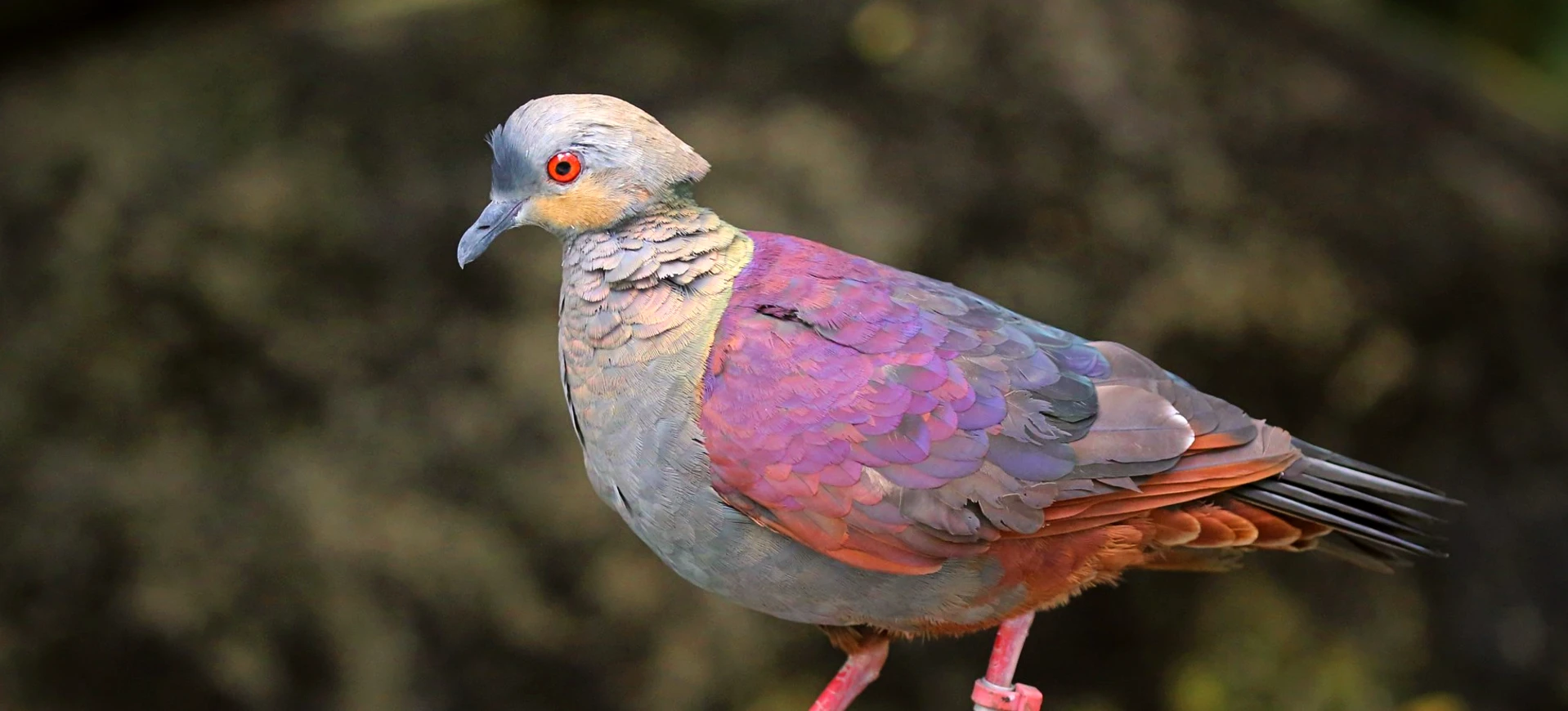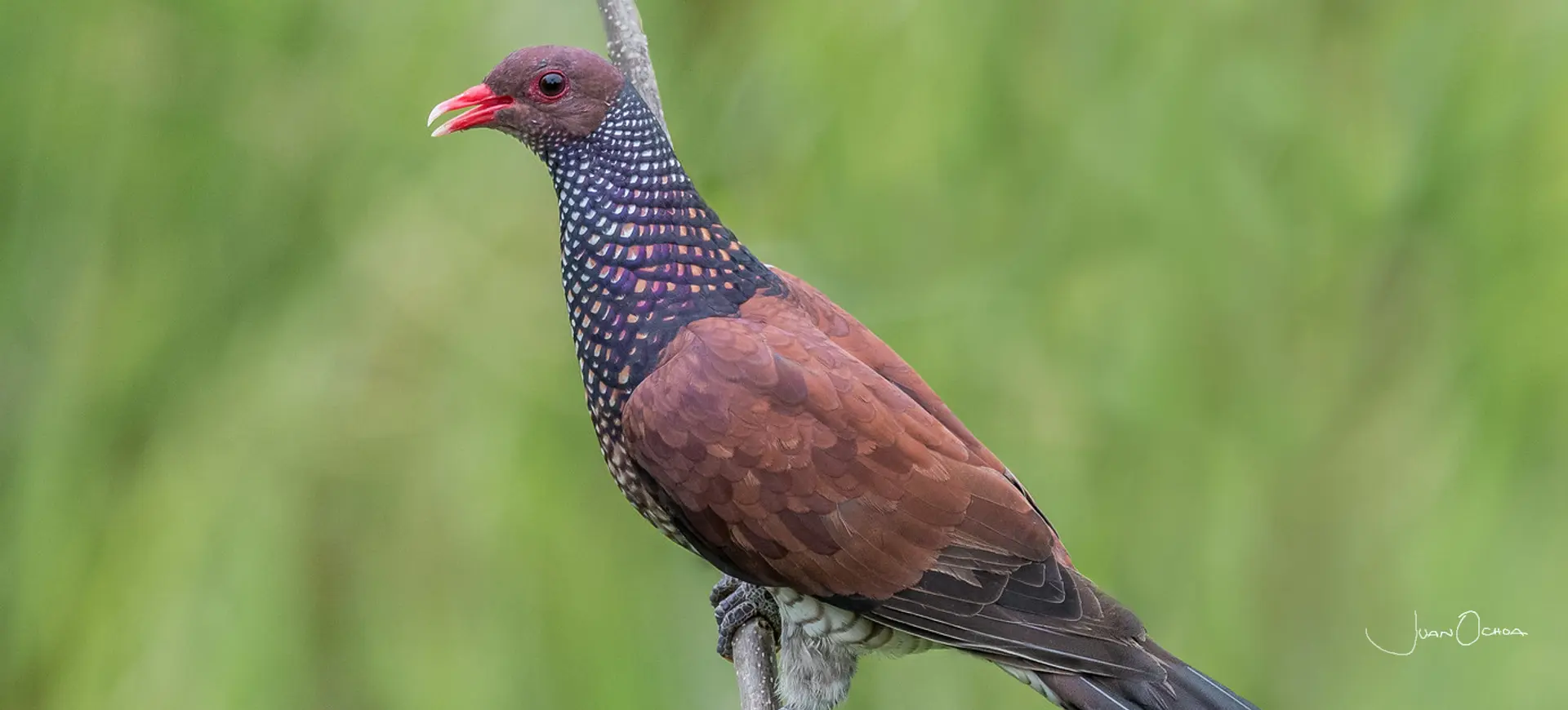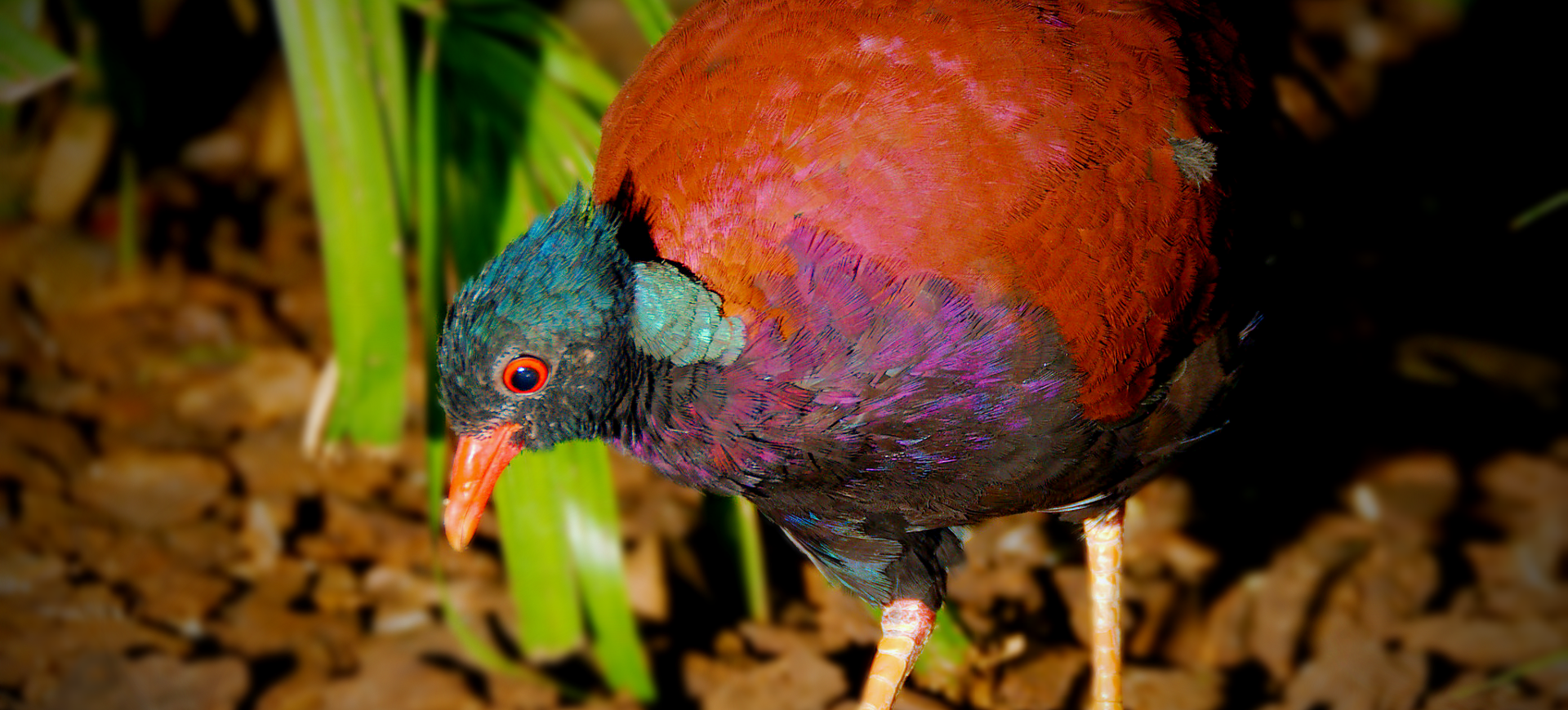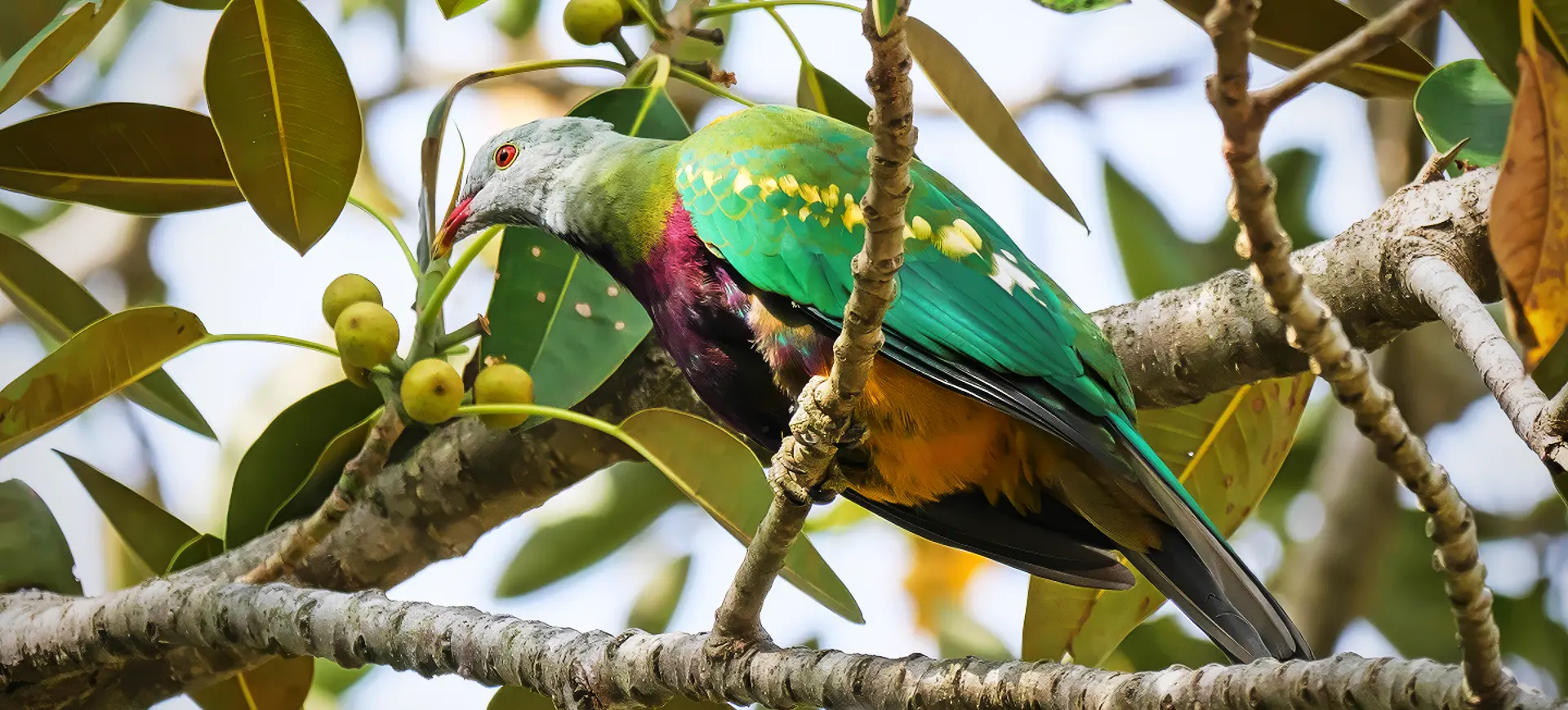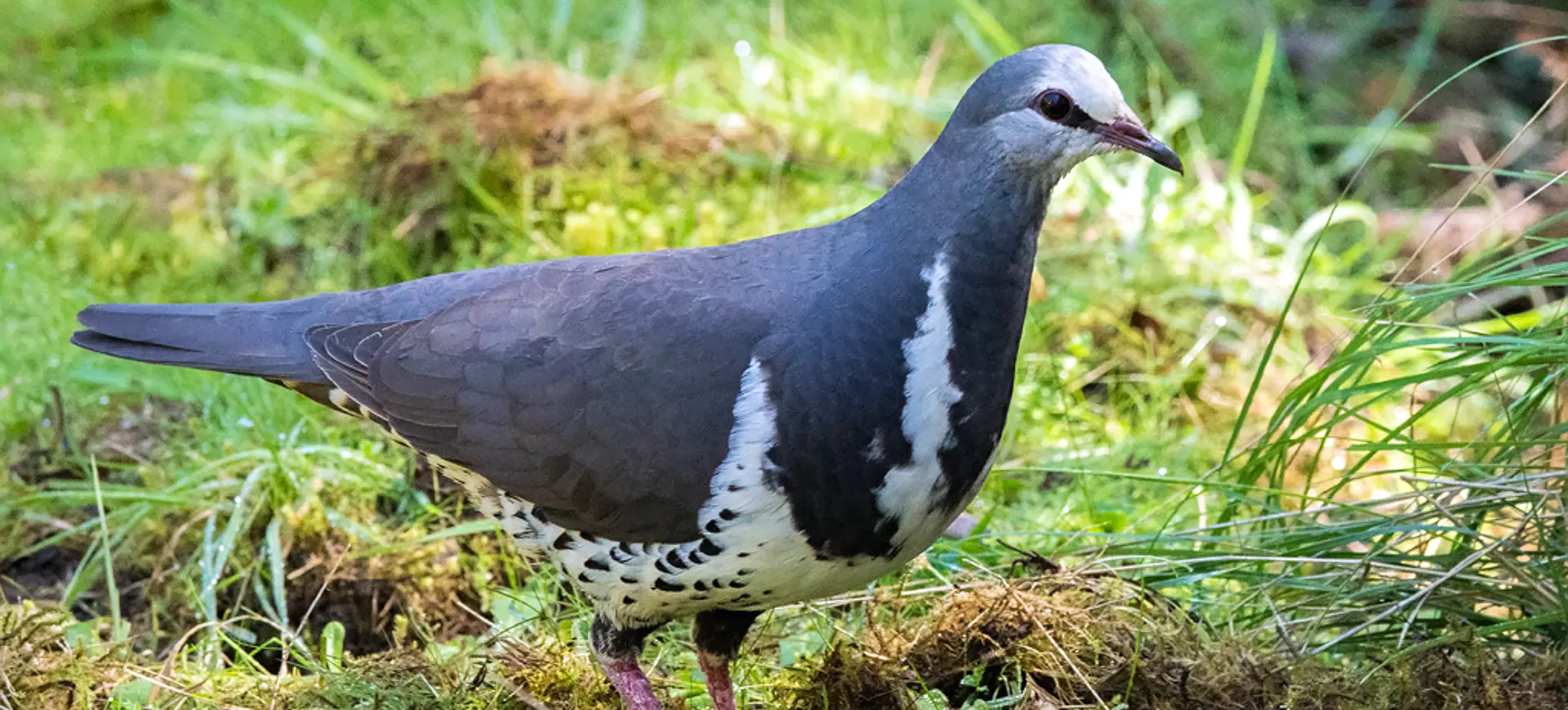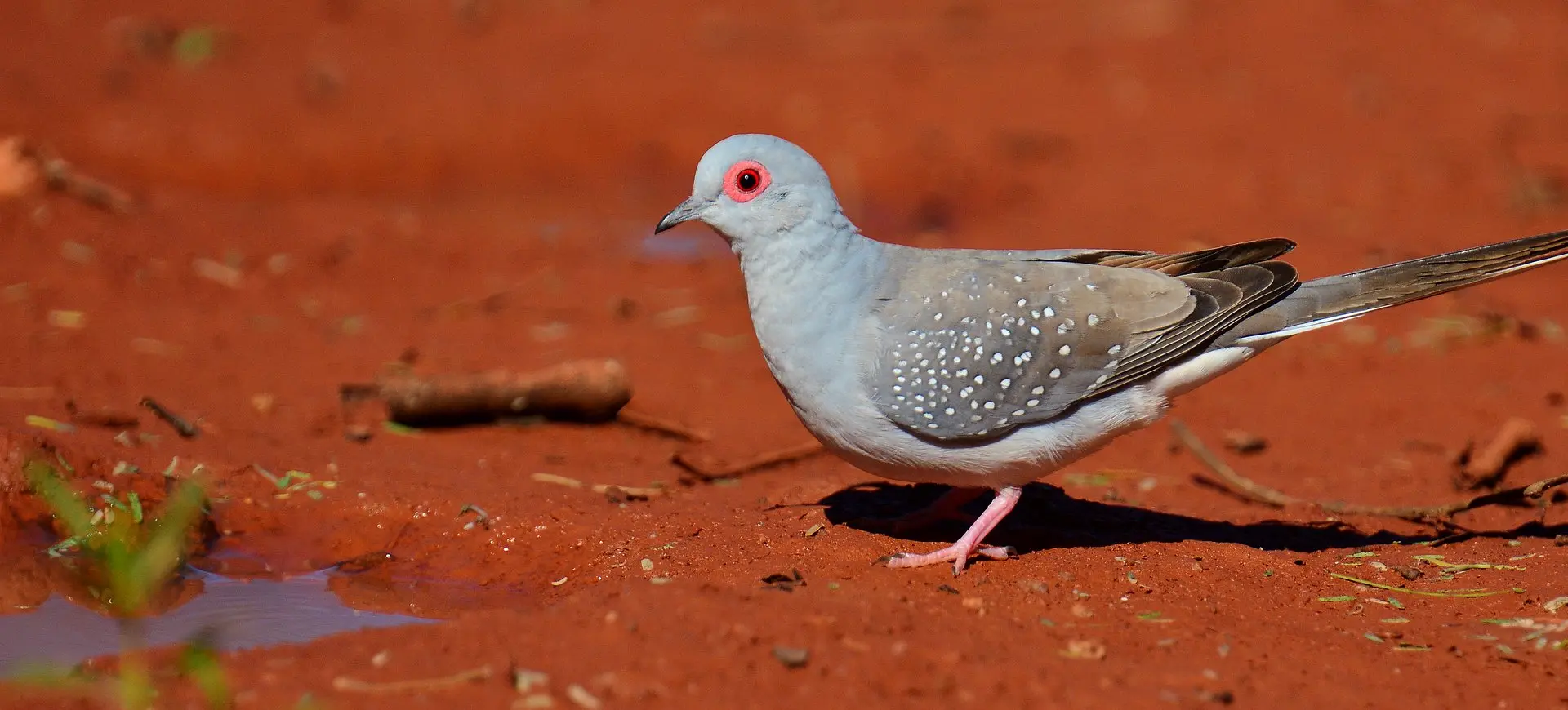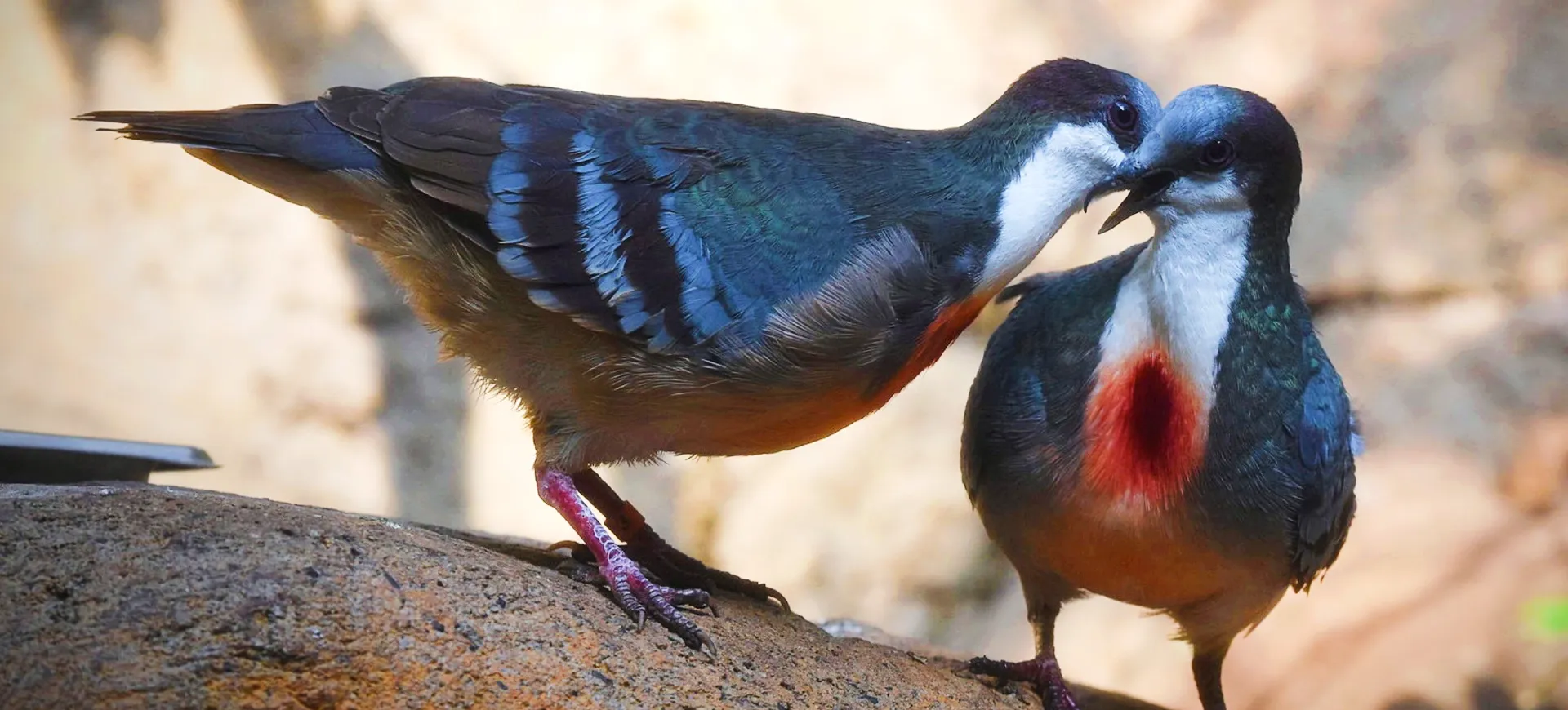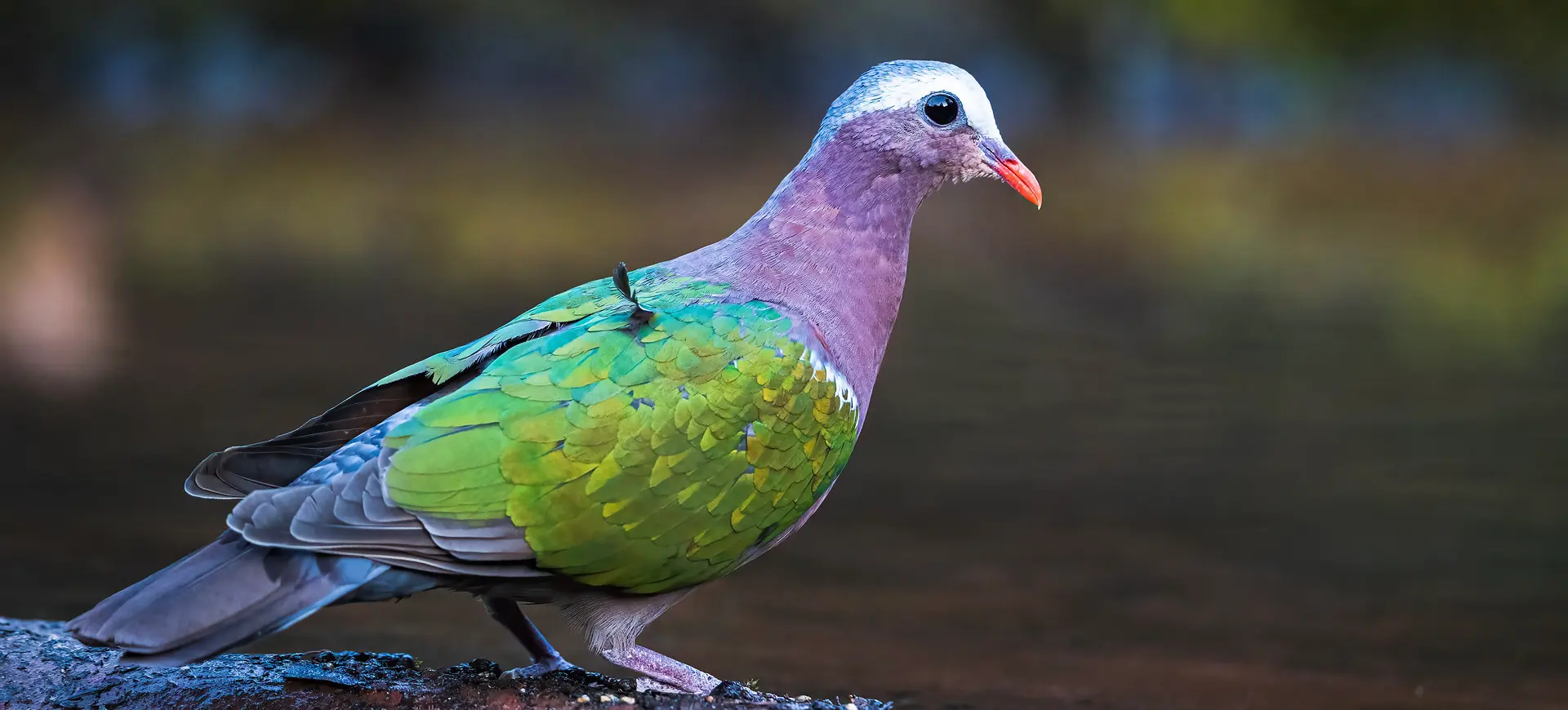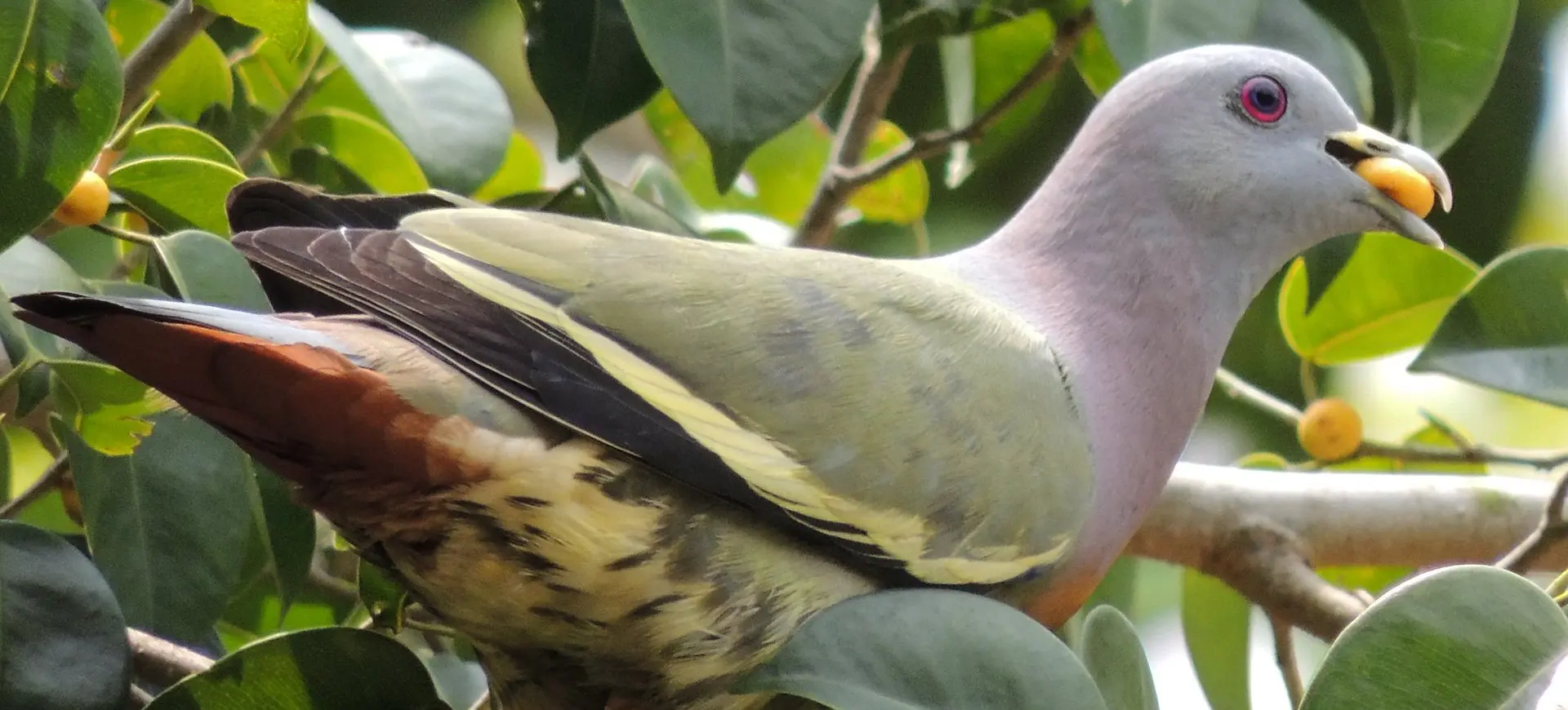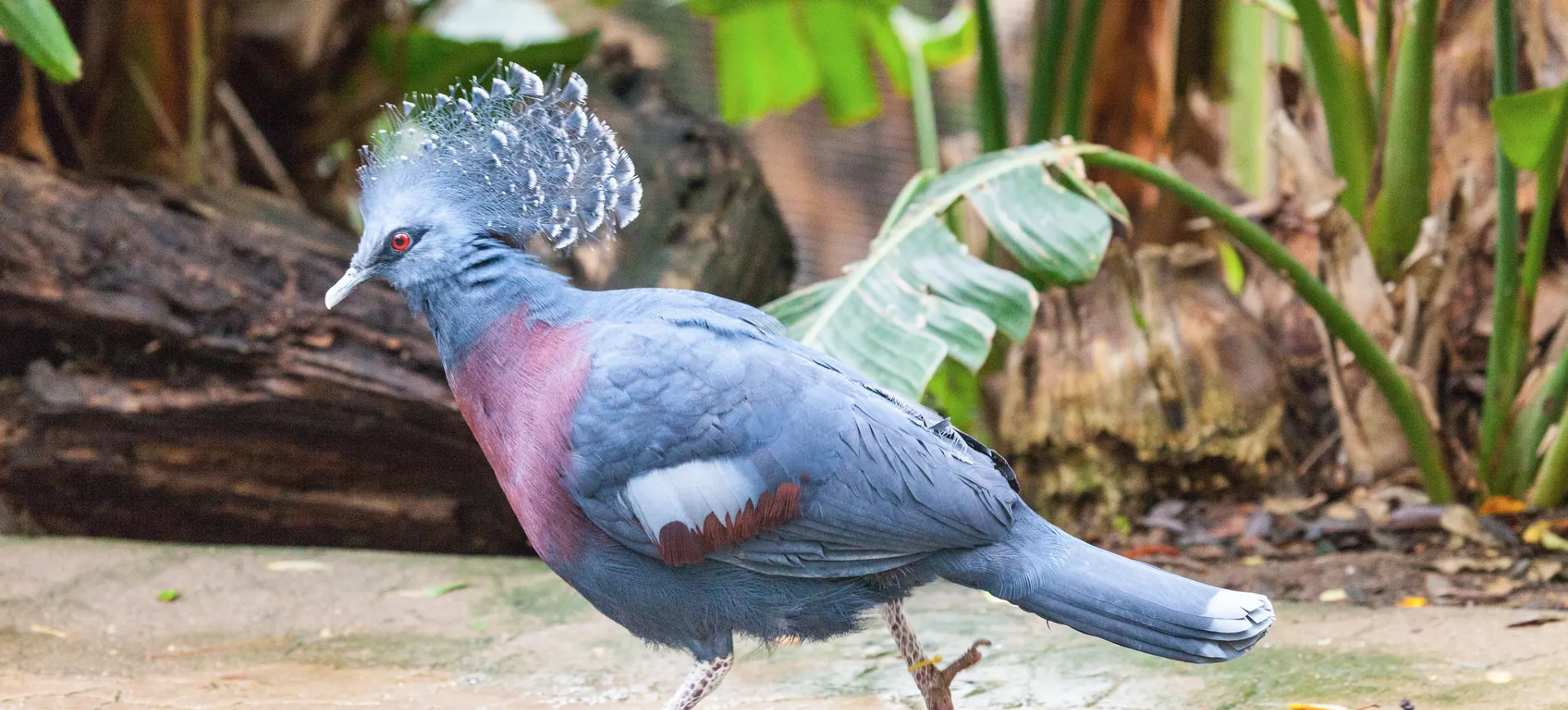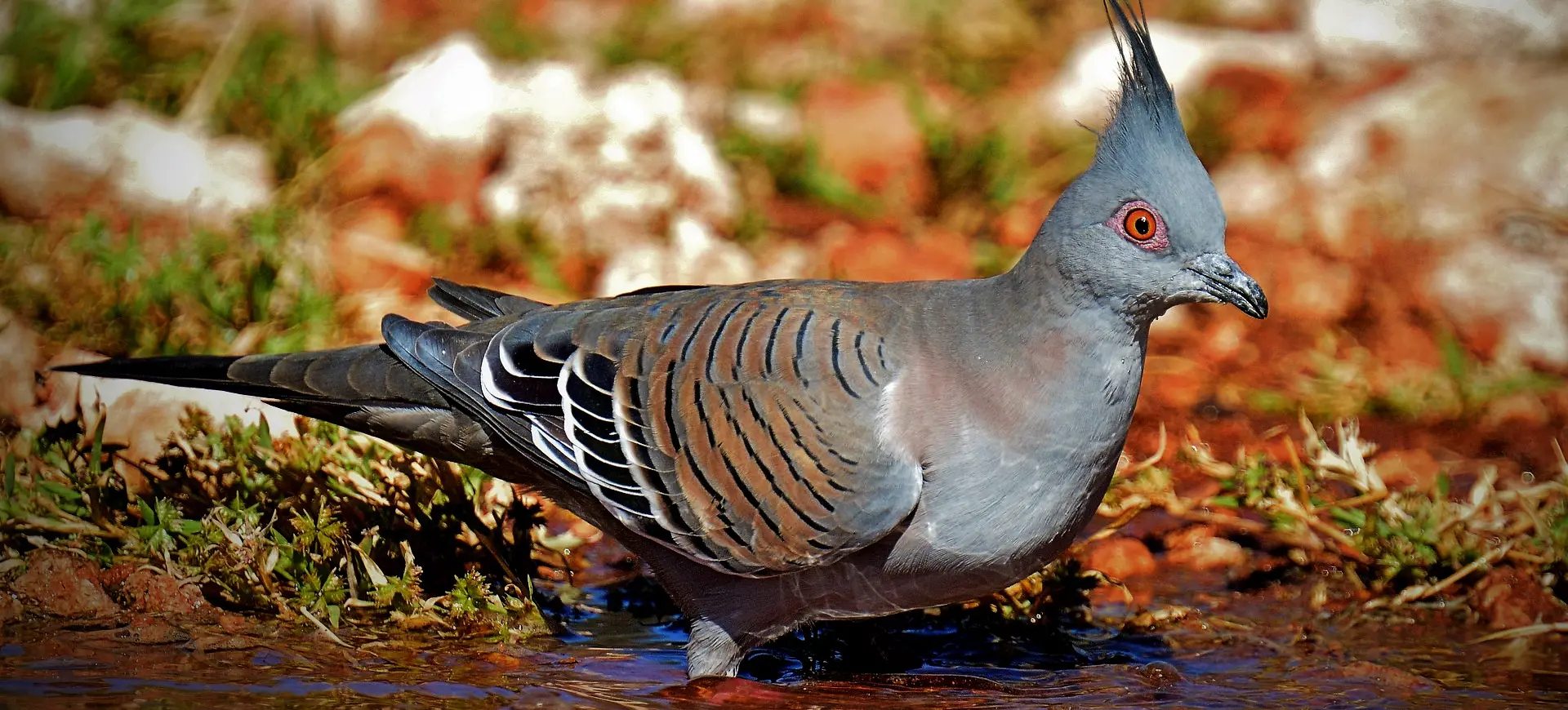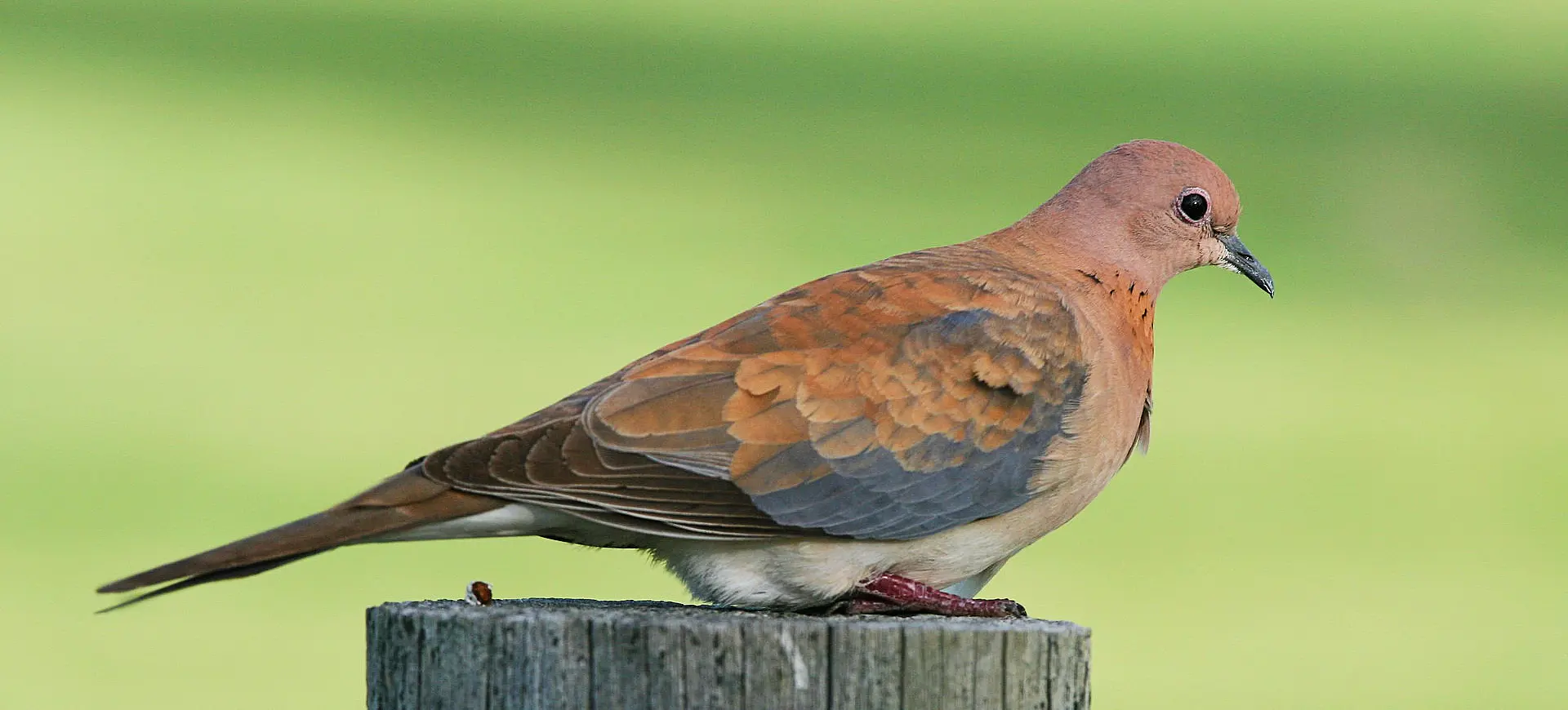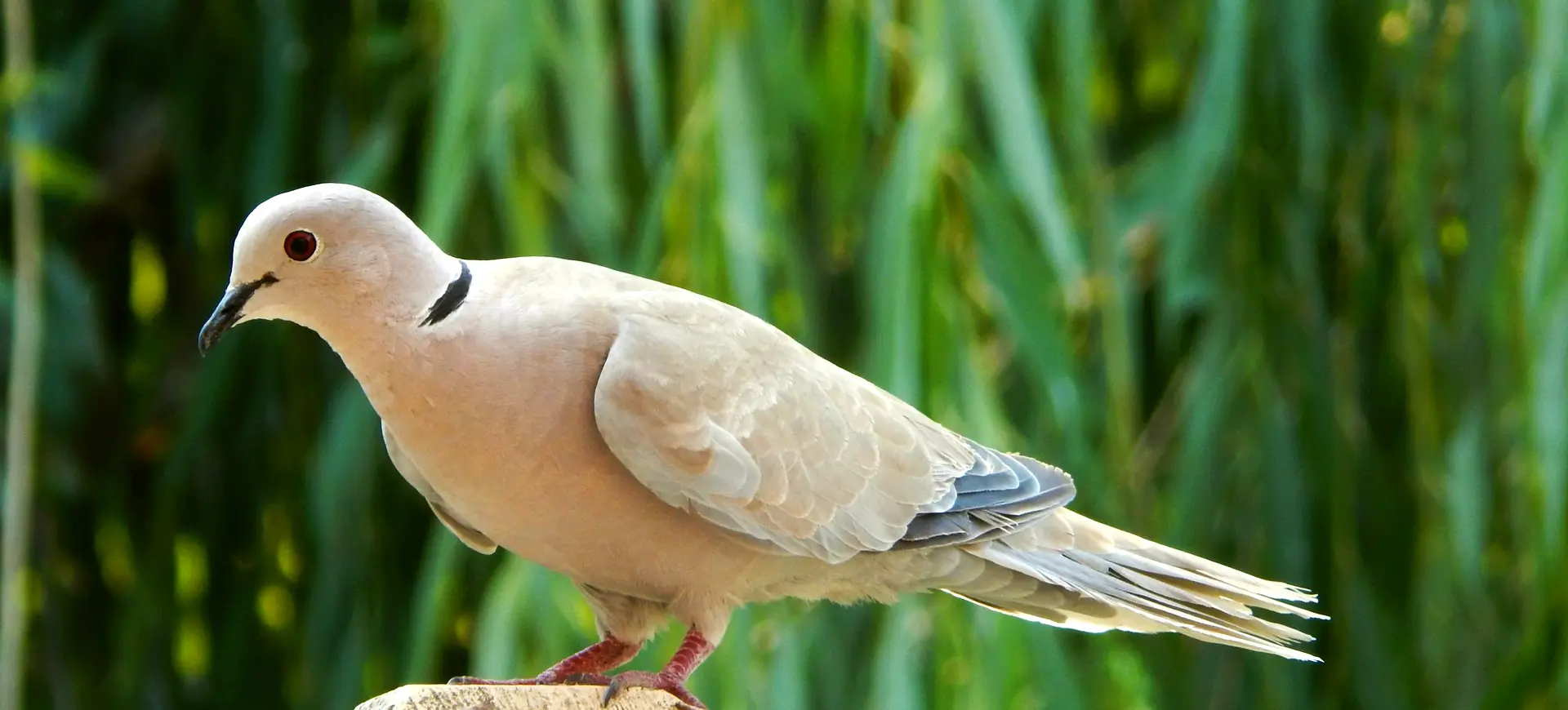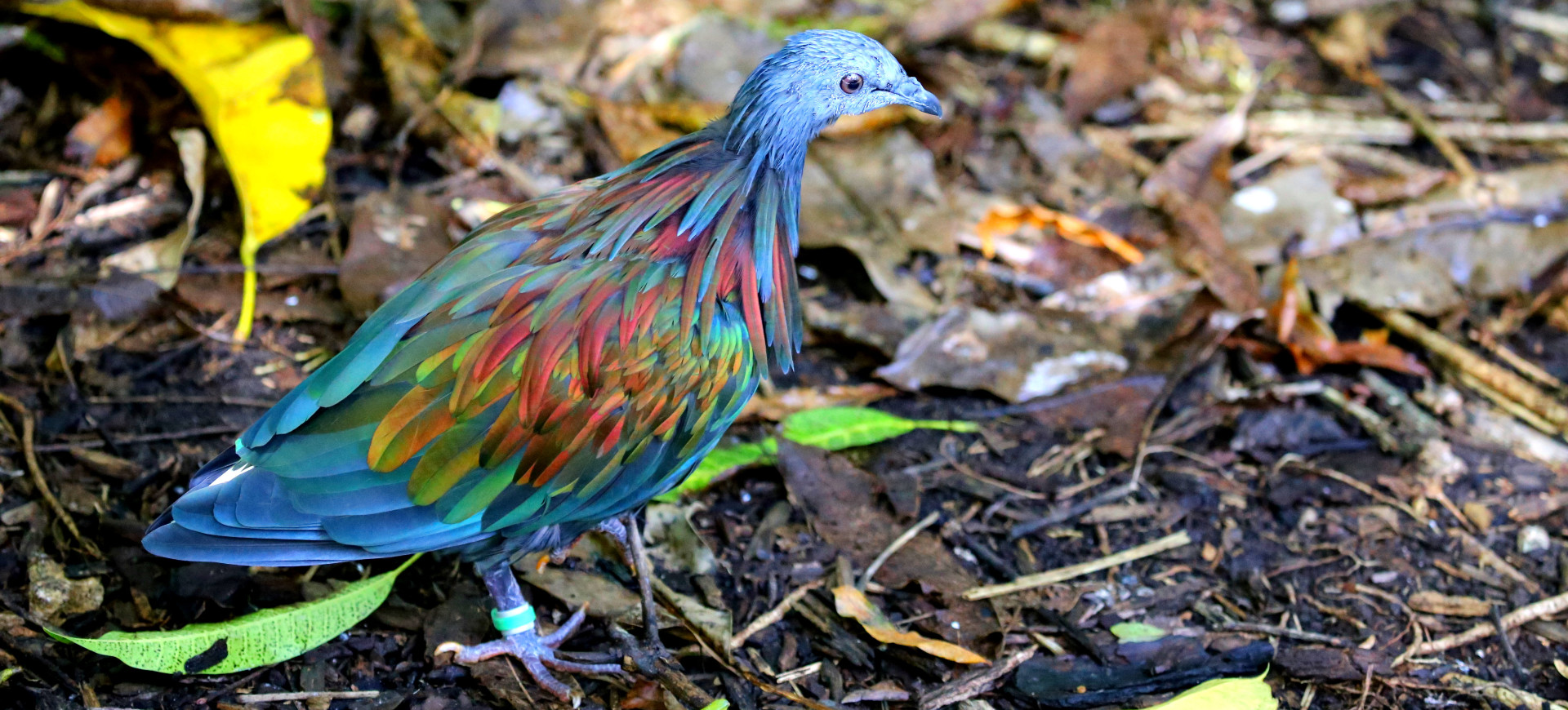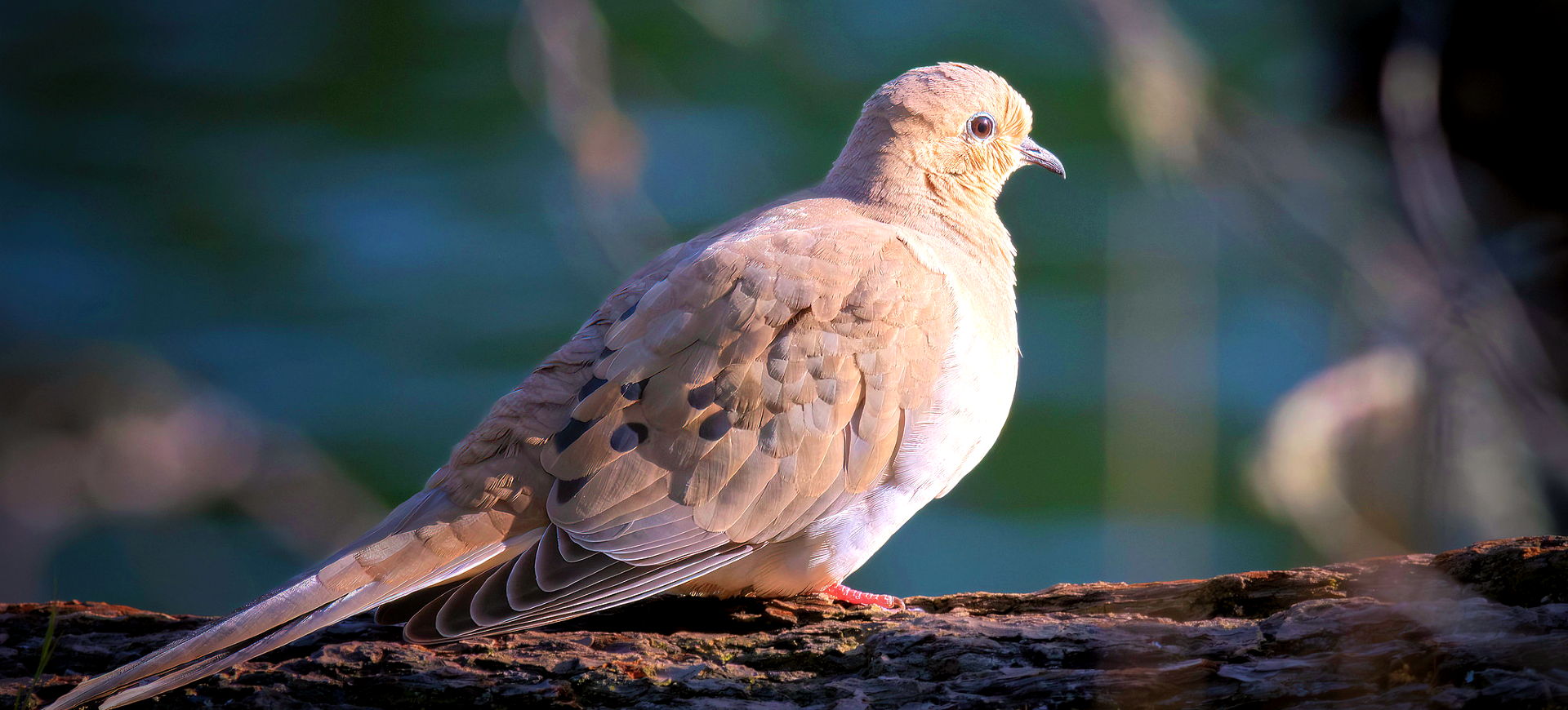Overview
The White-winged Dove (Zenaida asiatica) is a medium-sized bird that has become a common sight across the southern United States, Mexico, Central America, and the Caribbean. This species is easily recognizable by its distinctive white wing stripes visible in flight and its rounded tail with white edges. The White-winged Dove has a stout body, with a grayish-brown plumage overall and a unique blue eye-ring that adds color to its appearance. The bird is well-adapted to various habitats, including urban areas, deserts, and woodlands, showcasing its versatility and ability to thrive in different environments.
These doves are known for their strong and direct flight, often traveling long distances for food and water. Their diet is quite varied, consisting mainly of seeds, grains, and fruits, which they forage for on the ground. White-winged Doves are particularly attracted to feeding on saguaro cactus seeds, playing a crucial role in pollinating and dispersing these iconic desert plants. The species’ call, a deep and resonant “who cooks for you,” is a familiar sound in their range, signaling the presence of these doves in the vicinity.
Breeding behavior of the White-winged Dove includes intricate courtship displays, with males performing aerial flights to attract females. They nest in various locations, from trees and shrubs to human-made structures, reflecting their adaptability. The nests are relatively simple twig platforms where females lay two eggs. This species has seen significant population growth and range expansion over the past few decades, partly due to the increase in backyard feeders and changes in land use that have created new habitats.
Taxonomy
Kingdom
Phylum
Class
Order
Family
Genus
Species
Type
Physical Description:
The White-winged Dove is characterized by its medium size, robust body, and relatively short legs, which give it a distinctive silhouette among doves. The most striking feature of this bird is the broad white stripe along its wings, which becomes prominently visible when the bird is in flight. Additionally, the tail is squared with a white tip, distinguishing it from other dove species. The overall plumage is a soft grayish-brown, providing camouflage in their natural habitat, while the eye is surrounded by a patch of blue, bare skin, adding a touch of color to their appearance.
Adults typically exhibit a length of about 11 inches, with a wingspan reaching up to 17 inches, allowing for strong and enduring flights. The beak is short and dark, designed for picking up seeds and fruits, which constitute most of their diet. Both males and females share a similar appearance, although males may have a slightly more vibrant hue and larger body size. Their physical attributes, including storing fat reserves, enable them to survive in arid environments by making long flights to find water.

Lifespan: Wild: ~10 Years || Captivity: ~25 Years

Weight: Male & Female: 4.3-6.0 ounces (122-170 g)

Length: Male & Female: 10.8-11.8 inches (27-30 cm)

Wingspan: Male & Female: 17.7-22.8 inches (45-58 cm)

Top Speed: 35 mph (56 km/h)
Characteristic:
Native Habitat:
The White-winged Dove is native to a broad range extending from the southwestern United States through Mexico, Central America, and parts of the Caribbean. They inhabit various landscapes, including arid deserts, scrublands, woodlands, and urban areas. Their ability to adapt to different environments is evident in their nesting and feeding behaviors, which vary significantly across their range. In desert regions, they are closely associated with saguaro cacti, relying on them for food and nesting sites.
The expansion of urban areas has provided new habitats for the White-winged Dove, with backyard feeders and landscaped gardens offering abundant food sources. This adaptability to human-altered landscapes has facilitated their population growth and range expansion, making them a common sight in cities and towns within their range. Conservation of their habitats, including protecting saguaro cacti in desert regions, is crucial for maintaining healthy populations of this adaptable species.
Biomes:
Biogeographical Realms:
Continents:
Countries:
Diet:
Diet & Feeding Habits:
White-winged Doves are primarily granivorous, with a diet comprising seeds, grains, and fruits. They are particularly noted for their dependence on the saguaro cactus seeds in parts of their range, contributing to the cactus’s pollination and seed dispersal. They readily visit bird feeders in urban and suburban settings, consuming various bird seeds. Their foraging behavior is adaptable, with individuals feeding both on the ground and in trees or shrubs, depending on the availability of food sources.
The adaptability of the White-winged Dove’s diet is a key factor in their ability to colonize a wide range of habitats. During the breeding season, their nutritional requirements increase, prompting them to seek additional food sources, including insects, to provide for their young. This varied diet allows them to maintain a healthy population across their expansive range, demonstrating the species’ resilience and flexibility in foraging behavior.
Mating Behavior:
Mating Description:
White-winged Doves are monogamous during the breeding season, engaging in various courtship behaviors to attract mates. Males perform impressive display flights, rising steeply into the air before gliding down a circular path while emitting distinctive cooing calls. This aerial display is complemented by ground displays, where the male puffs up his feathers and struts around the female.
Nesting sites are chosen by pair members, who prefer locations that offer protection from predators and the elements. The nests are simple platforms of twigs, built-in trees, shrubs, or even man-made structures. Females typically lay two eggs, which are incubated by both parents, reflecting their cooperative approach to reproduction. The adaptability of their nesting behavior to include urban environments has contributed to the species’ population growth and range expansion.
Reproduction Season:
Birth Type:
Pregnancy Duration:
Female Name:
Male Name:
Baby Name:
Social Structure Description:
White-winged Doves exhibit a social structure that varies throughout the year, with individuals forming monogamous pairs during the breeding season and gathering in large flocks during migration and non-breeding periods. Their territorial behavior during breeding emphasizes the importance of individual space and resources for successful reproduction. Outside the breeding season, these doves demonstrate high sociability, joining in flocks that can number in the thousands, especially near abundant food sources.
This social flexibility allows White-winged Doves to adapt to changing environmental conditions and the availability of food resources. The species’ ability to navigate and thrive in various social configurations underscores its adaptability and resilience in environmental changes.
Groups:
Conservation Status:
Population Trend:
The White-winged Dove is classified as Least Concern by the IUCN, with a population trend that is currently increasing. This positive trend is largely due to their adaptability to various habitats, including urban areas where they have become increasingly common. The species has benefited from the proliferation of backyard feeders and the expansion of urban environments that provide plentiful food sources.
Conservation efforts for the White-winged Dove focus on habitat preservation, particularly in desert regions where saguaro cacti are vital for their nesting and feeding. Additionally, maintaining green spaces and planting native vegetation in urban areas can support the diverse dietary needs of these doves. Public education on the importance of conservation and the provision of bird-friendly environments can further contribute to the species’ success.
Population Threats:
The White-winged Dove faces several threats, including habitat loss due to urbanization and agricultural development, which can reduce the availability of natural food sources and nesting sites. Pesticide use poses a risk by contaminating food sources and potentially harming the doves directly. Climate change also presents a long-term threat, potentially altering the distribution of key food sources like the saguaro cactus and impacting water availability in arid regions.
Conservation strategies aim to address these threats through habitat protection, sustainable agricultural practices, and reducing pesticide use. Efforts to mitigate the impacts of climate change, including water conservation and the protection of critical habitats, are also important for ensuring the long-term survival of the White-winged Dove.
Conservation Efforts:
Conservation initiatives for the White-winged Dove include habitat restoration projects, especially in desert regions where saguaro cacti are essential for survival. Urban conservation strategies, such as creating green spaces and encouraging bird-friendly gardening practices, help provide food and nesting sites in populated areas. Public education campaigns raise awareness of the species and the importance of conservation efforts.
The involvement of local communities in conservation actions, such as planting native vegetation and participating in bird monitoring programs, plays a crucial role in protecting the White-winged Dove. By fostering a connection between people and their local wildlife, these efforts benefit the White-winged Dove and enhance the overall health of ecosystems and the biodiversity they support.
Additional Resources:
Fun Facts
- White-winged Doves have a unique relationship with saguaro cacti, relying on them for food and nesting sites and, in turn, helping to pollinate the cacti.
- They can make long flights across deserts to find water, demonstrating remarkable endurance.
- The species has expanded its range significantly in recent decades, partly due to food availability from backyard feeders.
- White-winged Doves can quickly consume large quantities of water, a behavior known as “gulping,” which helps them stay hydrated in arid environments.
- Their distinctive call, “who cooks for you,” is often mistaken for that of an owl by those unfamiliar with the species.
- They are an important game bird in parts of their range, with hunting managed to ensure sustainable populations.
- The adaptability of White-winged Doves to urban environments has made them a familiar sight in cities and towns across their range.
- They play a crucial role in their ecosystems, contributing to seed dispersal and the control of insect populations.
- Despite their adaptability, White-winged Doves strongly prefer nesting in natural environments, particularly in regions with abundant saguaro cacti.
- Their increasing presence in urban areas highlights the importance of creating bird-friendly environments to support diverse wildlife populations.

